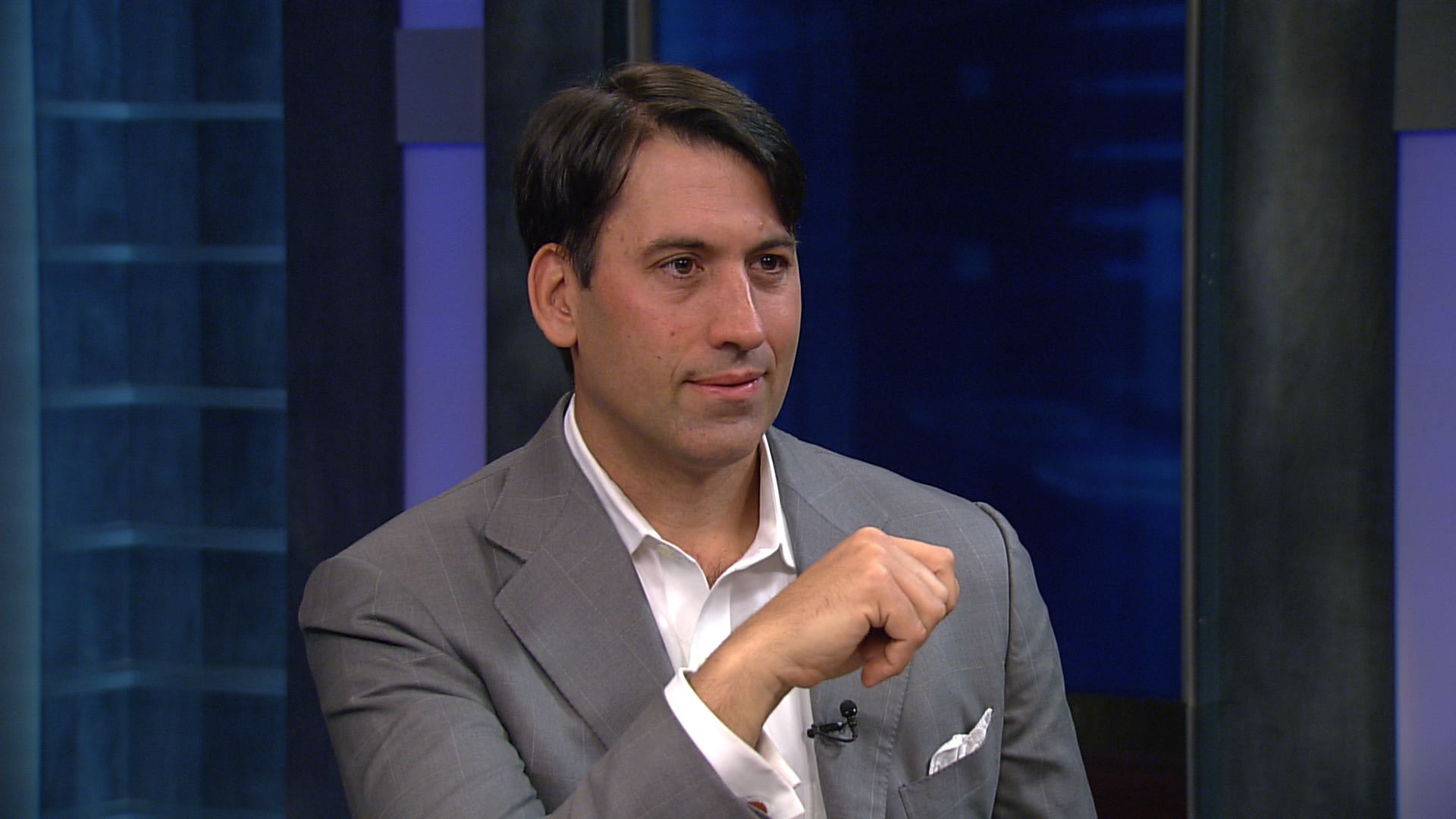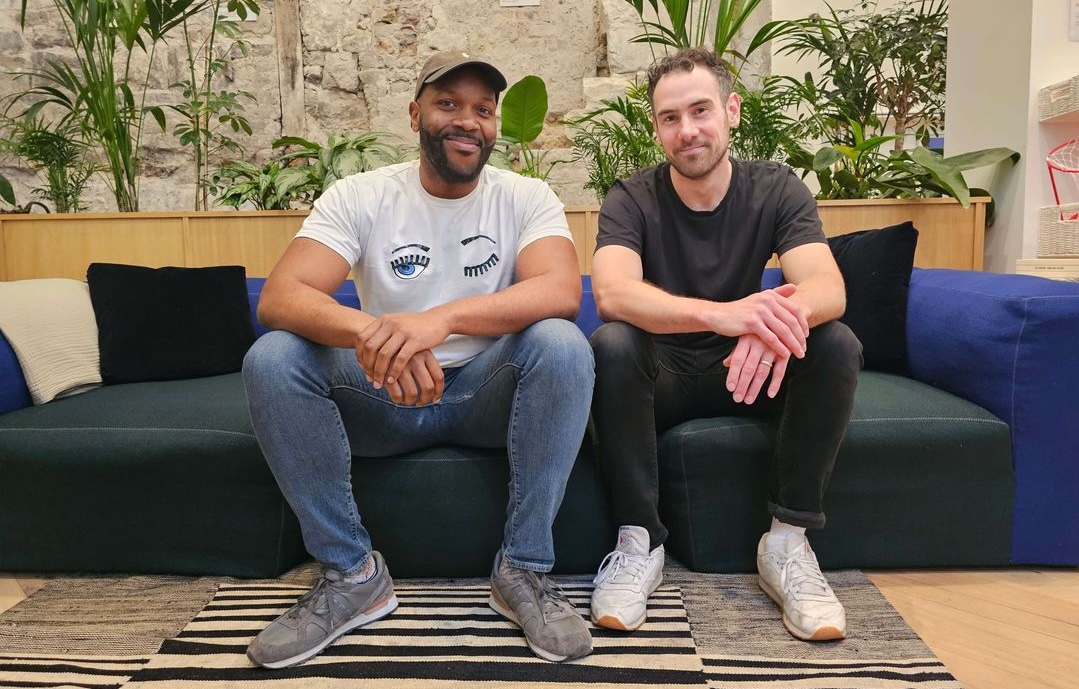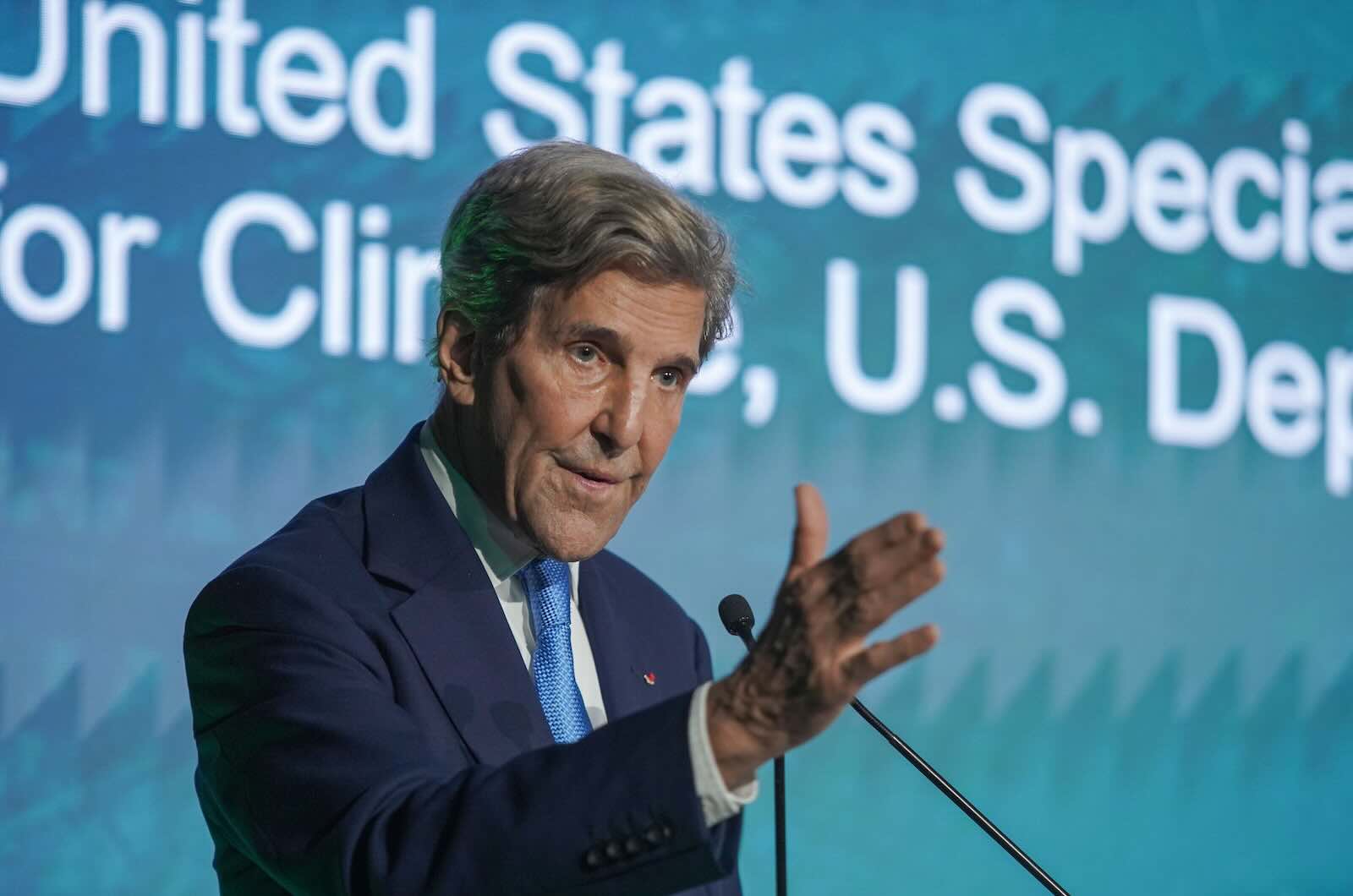Beyond Trade-offs is an ImpactAlpha podcast series, produced in partnership with Omidyar Network, in which impact investors look across the returns continuum at investment strategies to scale capital for impact.
- Interactive infographic. Explore each investor’s portfolio along the continuum of returns.
- Catch up. Take a spin through the full “Beyond Trade-offs” podcast series.
- Don’t miss an episode. Subscribe to ImpactAlpha’s podcasts on iTunes, Spotify, SoundCloud or Stitcher.
- Read the collection of essays on The Economist digital hub last year.
ImpactAlpha, May 9 – The $207 billion New York State’s Common Retirement Fund is concerned about its exposure to climate risk. A European pension fund wants to align its private-equity investments with the Sustainable Development Goals. Japan’s $1.6 trillion Government Pension Investment Fund requires its asset managers to integrate environmental, social and governance, or ESG, factors across all asset classes.
For an increasing number of sovereign wealth and pension funds, major insurance companies and billionaire families, ‘ESG’ and impact investing represent not trade-offs but practical approaches for managing portfolio risks, finding material value and riding social and environmental trends still underappreciated by other investors.
Such institutional asset owners are pressing asset managers to add ESG and impact capacities and, not surprisingly, major asset managers are responding. From BlackRock and State Street to UBS and Goldman Sachs, major asset managers are building out capacities and product offerings.
In the second episode of ImpactAlpha’s “Beyond Trade-offs” podcast series, produced in collaboration with Omidyar Network, Goldman Sachs’ John Goldstein charts the development of “risk-return-impact” frameworks that meet the needs of institutional investors. One of his jobs, he says, “is to help Goldman’s investors do better at doing what they do by incorporating environmental, social and governance into how we invest for all our clients.”
“That’s not for clients who care about these factors, but for clients who care about making money on risk-adjusted basis,” he says.
Public equities
Goldstein has a unique perspective on the market’s development. He co-founded Imprint Capital as a boutique San Francisco impact advisory in 2007. Goldman acquired Imprint in 2015, giving the financial giant an in-house shop to find and structure impact deals and portfolios for its high-net-worth and institutional clients.
The difference: Imprint had a team of 15 and advised or managed $550 million in assets; his team at Goldman has more than 40 people and manages $19 billion in ESG-directed assets (another $70 billion in assets are screened for at least some ESG factors, what Goldstein calls “cheap beta,” or risk-reduction).
https://impactalpha.com/whos-the-next-impact-target-after-goldman-sachs-snaps-up-imprint-capital/
Unlike at Imprint, classic impact investments with measureable environmental and social benefits, generally in private markets, are only portion of most portfolios. At Goldman, publicly listed equities make up the bulk of clients’ portfolios. In the podcast, Goldstein admits he has reversed himself on one of impact investing’s long-running debates: the depth of impact possible through investments in the public markets.
“At the scale of Goldman Sachs, the transmission mechanism to the public markets is a little bit more interesting” than at Imprint, Goldstein says. Goldstein and his colleague Megan Starr contributed an essay, “Engaging Across the Portfolio,” to Omidyar Network’s Beyond Trade-offs series on the Economist digital hub last year.
The New York State Common Retirement Fund, for example, asked Goldman to develop a low-carbon index that reduced investments in companies with relatively high emissions – while performing in line with the pension fund’s standard benchmark for U.S. large-cap equities. The aim was to lower the portfolio’s carbon emissions intensity by about 70% compared to the benchmark. That aligned with the pension fund’s advocacy and shareholder engagement as well, including promoting emissions disclosure via CDP (formerly the Carbon Disclosure Project) and supporting policies such as the 2015 Paris climate accord.
When major asset owners communicate their priorities, ask for data and disclosure and challenge assumptions, he says, “that works its way into the capital markets.” Another example: Introducing ESG datasets into Goldman’s corporate credit underwriting can help move tens of billions of dollars, Goldstein says.
To be sure, many investors still exhibit “cognitive bias” when it comes to phrases such as “ESG” and “impact,” dismissing them as hype and doubting claims that such strategies can generate risk-adjusted market rates of returns (Goldstein cites research that, at a minimum, results are “non-negative”). Impact investing is not unlike other investment disciplines that have matured over time. To skeptics, he suggests it may be worth taking a fresh look.
“It’s very hard to tell very smart sophisticated investors that they’re wrong,” he says. “It’s much easier to tell them they’re a little bit out of date.”
Leaning in
Goldstein is something of a philosopher of the practical, favoring strategy over ideology. He is impatient with some of the long-running doctrinal debates among impact investing practitioners. The last of his three points in many answers is often a variation of, work hard and iterate quickly.
“We like to say this is about playing impact chess, not checkers,” he says. “Sometimes people want a binary bright line: ‘This counts, this doesn’t; we do this, we don’t do that.’ Versus, thinking, ‘How do I meaningfully engage across all my assets to meet my range of goals?”
For the portfolio of the World Resources Institute, for example, Goldman developed a passive index that underweights companies with poor environmental records and found active managers using an ESG lens to spot upside growth driven by improvements in operations and resource use.
For the private-equity and alternatives portions of portfolios, an impact lens can help investors identify managers that can spot overlooked value. Real estate managers, for example, are looking for properties that still need deep energy-efficiency retrofits, because that represents cost savings and increased property values that can be unlocked.
As such retrofits are completed, other private equity firms are turning to human capital. A Gallup survey suggests only 30% of American workers are engaged at work, translating to $500 billion to $600 billion in lost productivity. Goldstein cited one private-equity manager who has piloted initiatives to boost employee engagement that boosted operating margins by up to 15%.
“It’s good for workers because you have much more broad-based worker ownership,” Goldstein says. “When that investment was successful, more people benefited.”
Integrating complex factors into smart strategies is not simple, Goldstein says, giving an edge to those willing to put in the work. “The low-hanging fruit is gone,” he says. Financial markets already have fully priced familiar drivers of risks and returns. “You’ve got to climb a little higher up the tree if you want to find some fruit.”
Looking for environmental, social and governance risks and opportunities is not a magic ladder to that higher-hanging fruit, he says, “but it’s one way to find sources of value that haven’t been picked over yet.”
https://impactalpha.com/beyond-trade-offs-how-leading-commercial-and-catalytic-investors-are-managing-for-impact-risks-and-returns/











